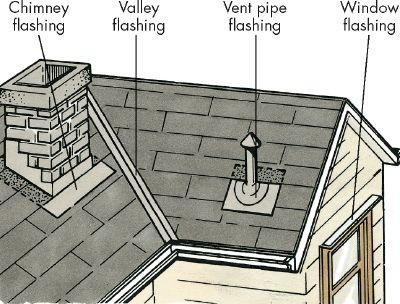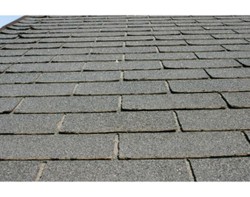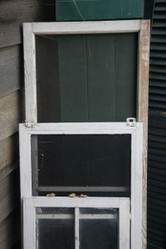Roof Flashing is vital for preventing roof leaks. While good roofing can effortlessly shed any rain or harsh weather, the area where sheets or slopes meet at different angles is a weak point that water could easily sneak through. Flashing is essential because it makes these junctions watertight. However, it’s also the most difficult to get right, and the most prone to cause problems if left unchecked.
Thumbnail Image Source: eHow




 10 Things You Need To Have Clean and Spotless Clotheson 10/28/2021
10 Things You Need To Have Clean and Spotless Clotheson 10/28/2021
 10 Business Ideas For Newbies That Will Thriveon 10/27/2021
10 Business Ideas For Newbies That Will Thriveon 10/27/2021


Comments
Nice info. I love houses and it would be so interesting to see an old-style house during construction.